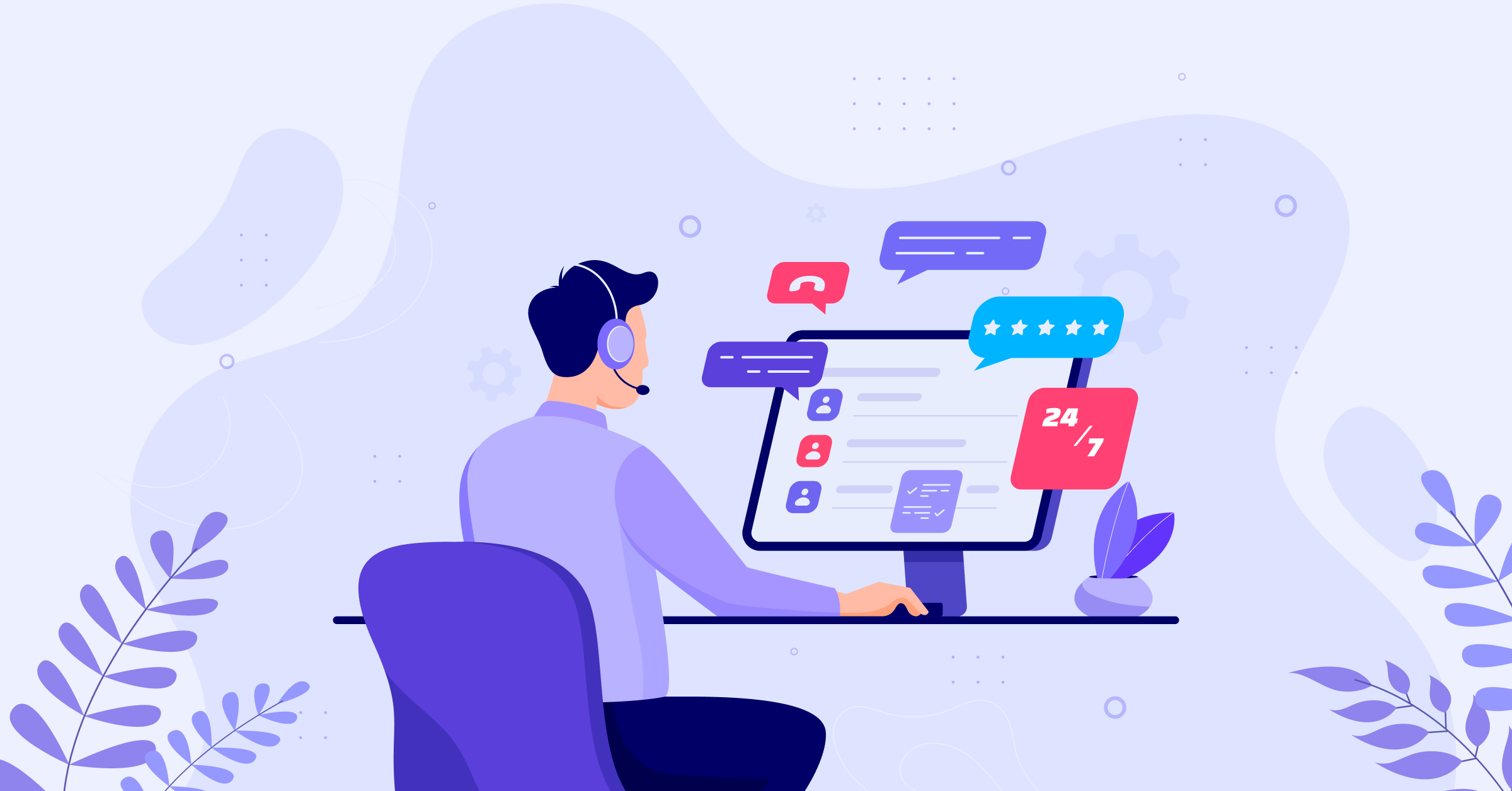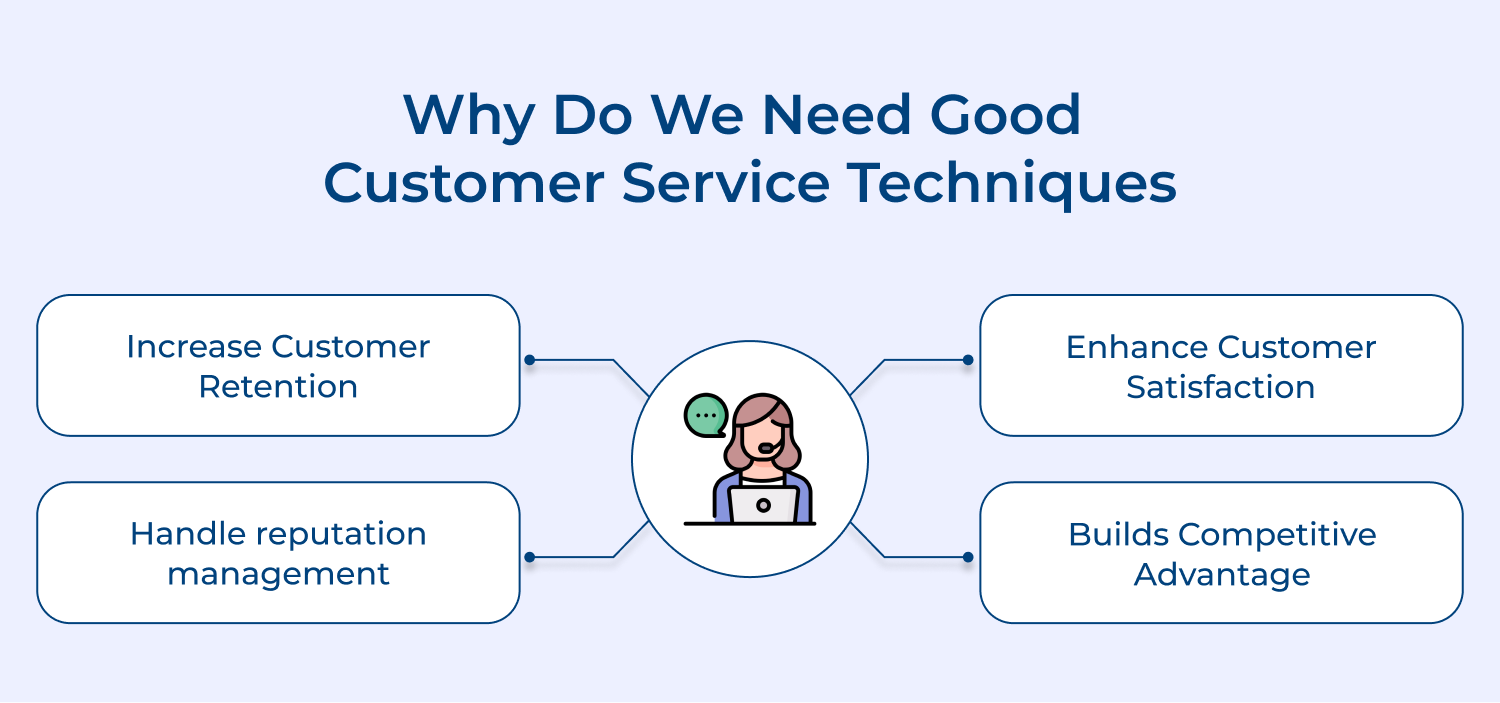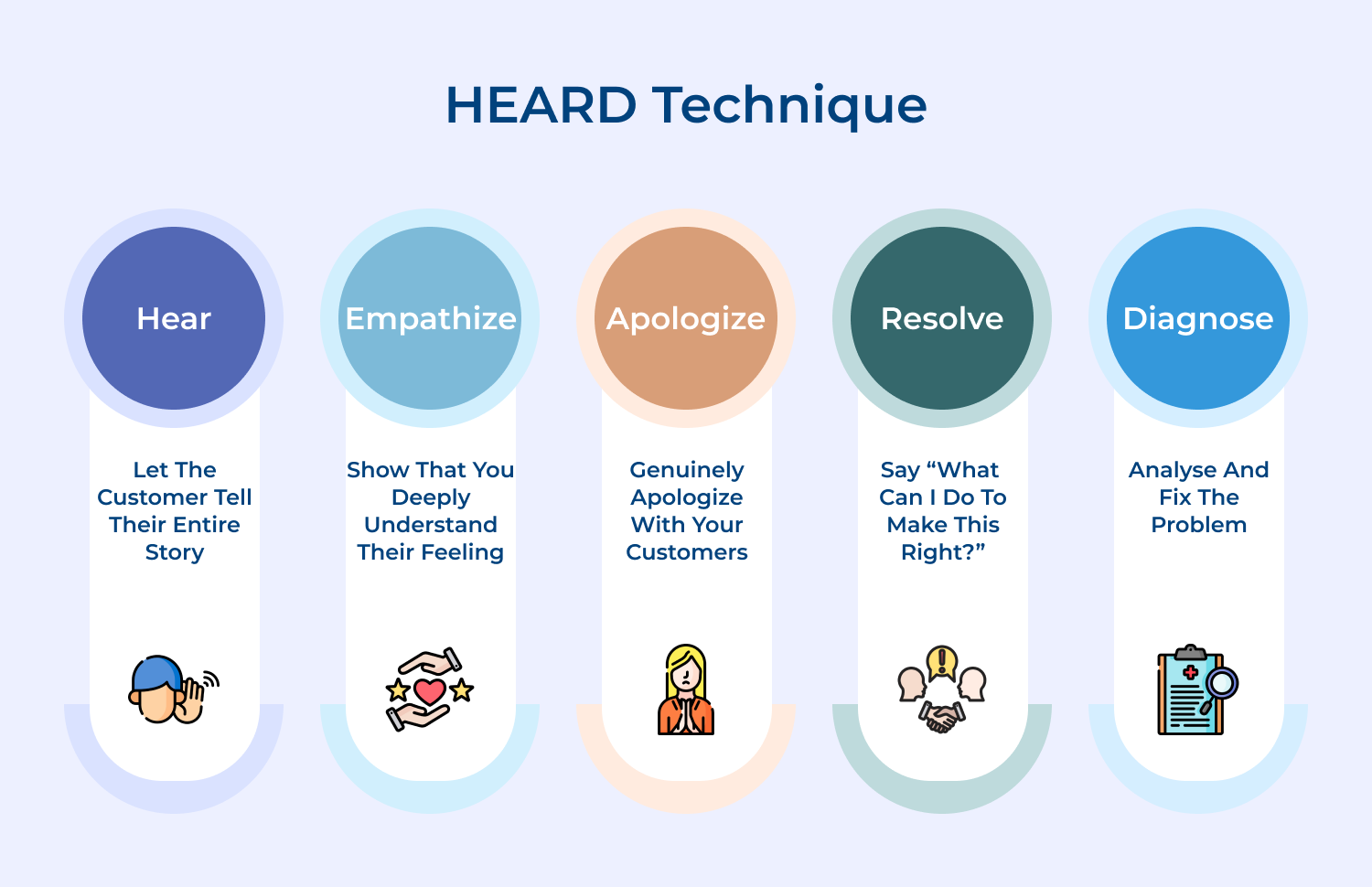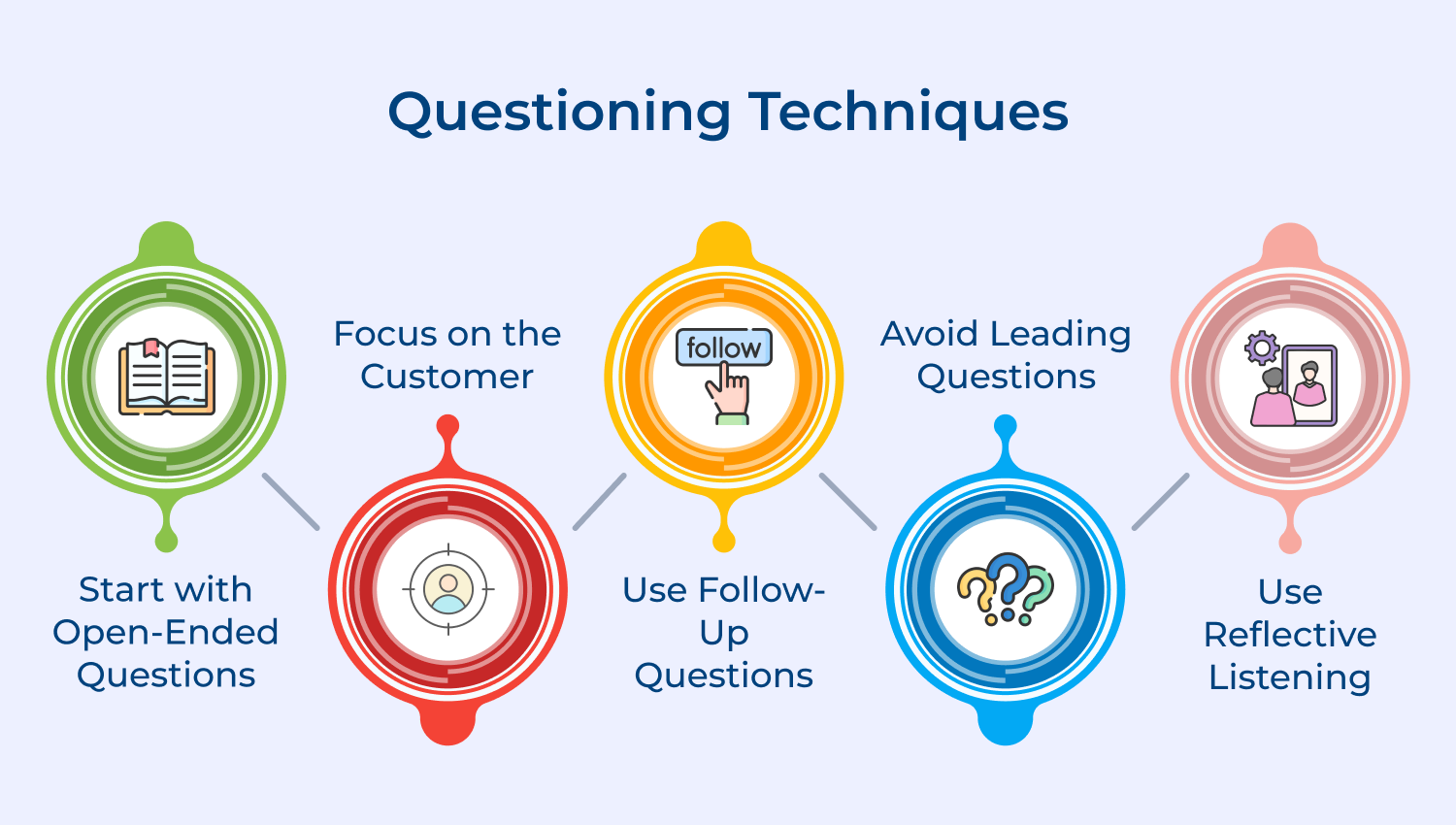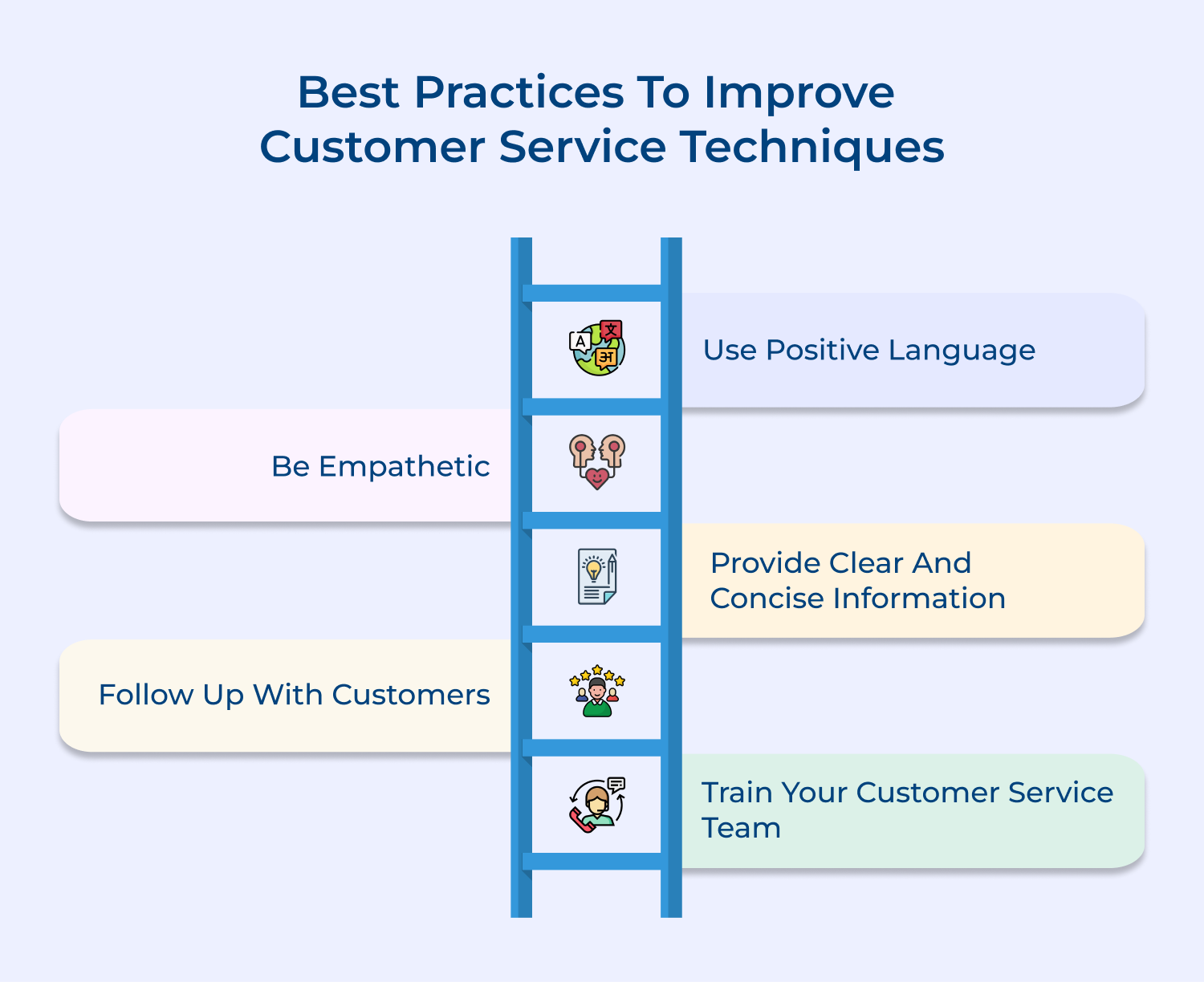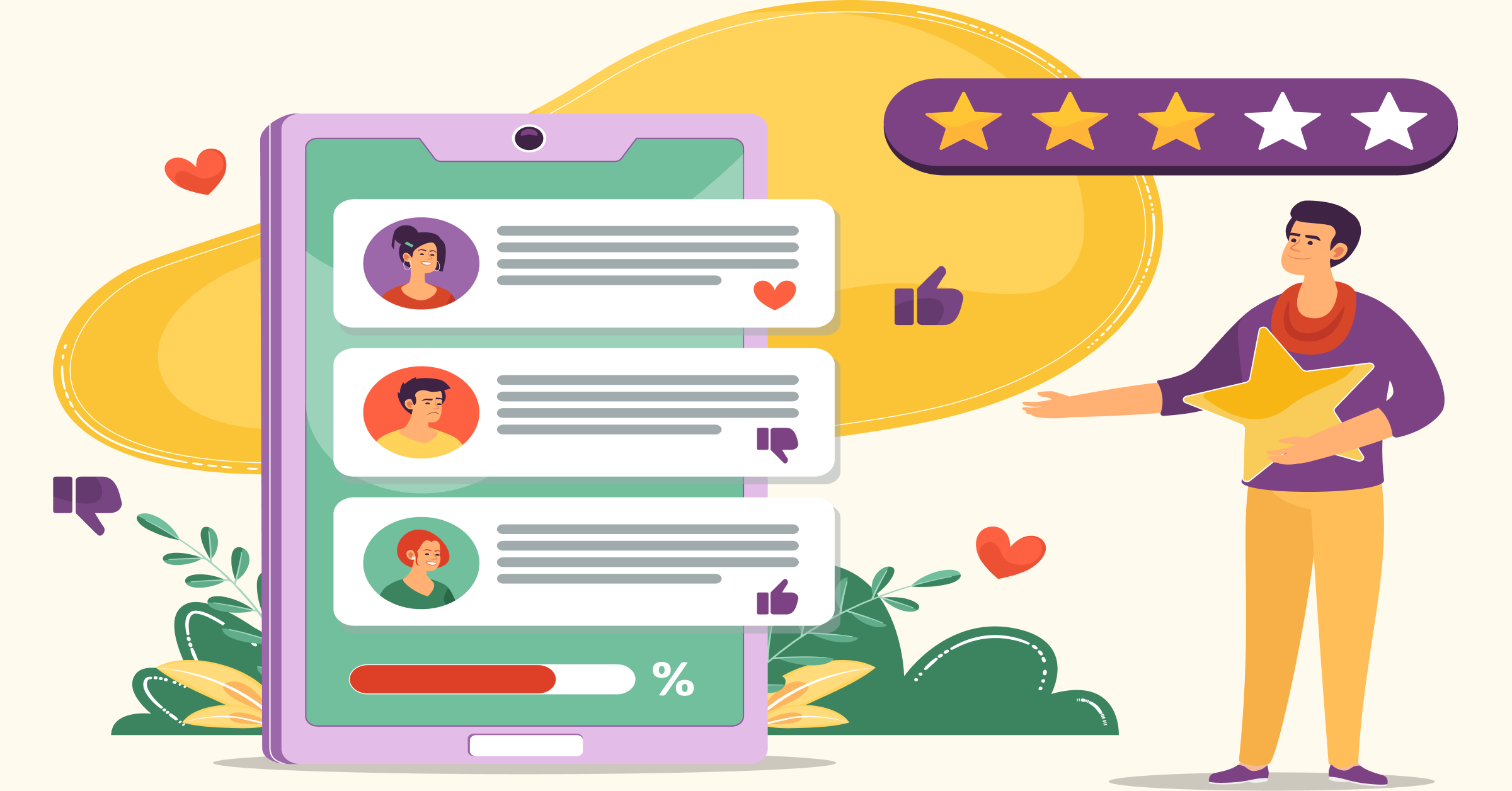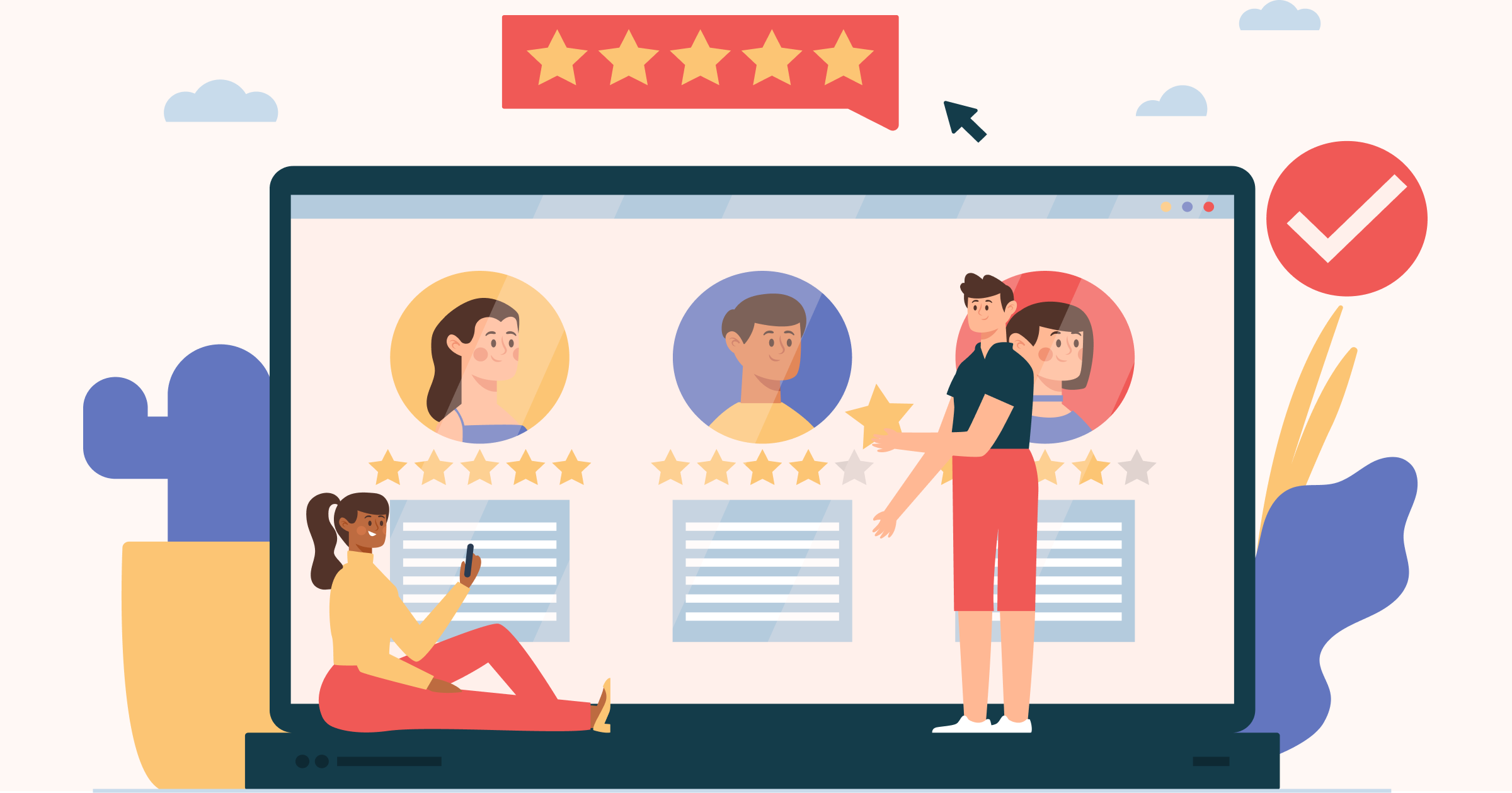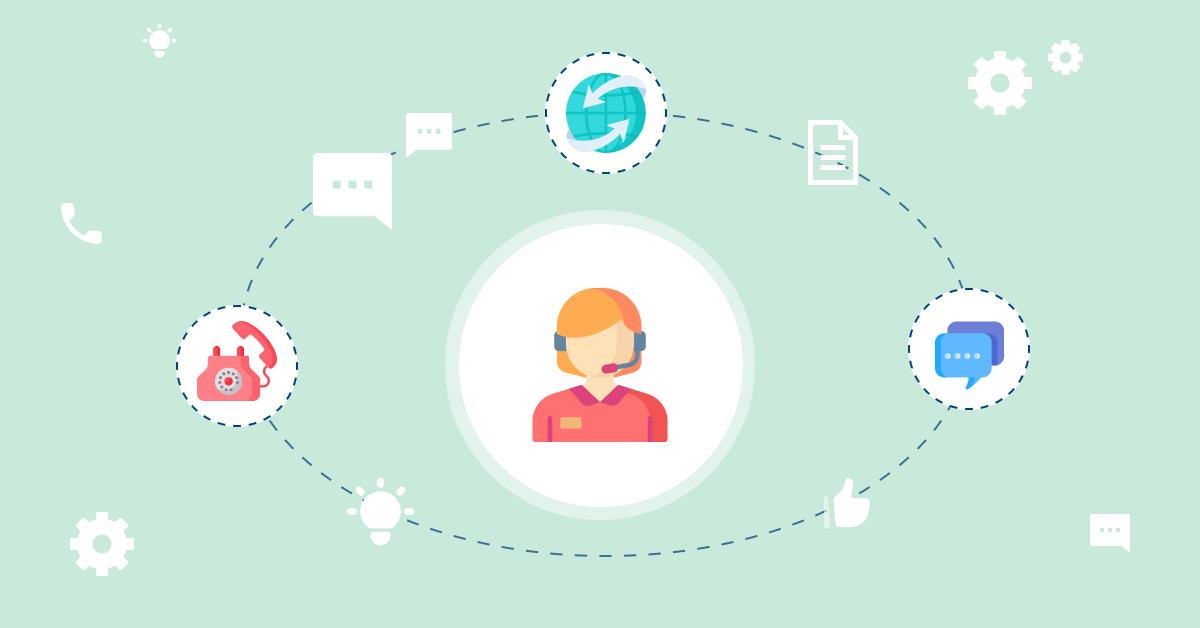Here are some best practices to help you improve communication with customer service techniques:
1. Use Positive Language
Using positive language can help diffuse tense situations and create a more pleasant interaction with customers. Instead of saying “I can’t do that,” try saying “Let me see what I can do to help you.” Positive language can help reassure customers that you are there to assist them.
2. Be Empathetic
Empathy is key to building rapport with customers. Show genuine concern for their issues and demonstrate that you understand their emotions. By expressing empathy, you can make customers feel heard and valued.
3. Provide Clear and Concise Information
When communicating with customers, make sure to provide clear and concise information. Avoid jargon or technical language that may confuse customers. Break down complex information into simple terms so that customers can easily understand.
4. Follow up with Customers
After resolving a customer issue or answering a question, follow up with customers to ensure they are satisfied or not. It shows that you care about their experience and are committed to providing excellent customer service.
5. Train Your Customer Service Team
Provide ongoing training for your customer service team to improve their communication skills. Offer workshops or seminars on active listening, conflict resolution and empathy. By investing in your team’s development, you can enhance the quality of customer interactions.
Examples of Communication Techniques in Customer Service
Communication is key in customer service and many companies have found success by implementing various communication techniques to enhance their relationships with customers.
1. Zappos
Zappos, an online retailer known for their exceptional customer service, emphasizes the importance of transparent and honest communication with customers. They have a 24/7 customer service team that is available to assist customers with any questions or concerns they may have. Zappos also encourages their employees to engage with customers on a personal level, creating a more personalized and enjoyable shopping experience.
2. Southwest Airlines
Southwest Airlines is known for their friendly and helpful customer service representatives. They have implemented a communication technique known as active listening, where employees listen attentively to customers and make an effort to understand their needs. This helps to build trust and rapport with customers, leading to a positive overall experience.
3. Nordstrom
Nordstrom is another company that excels in customer service communication. They have a customer service policy that empowers employees to make decisions on the spot to resolve customer issues. This proactive approach to communication helps to quickly address any problems that may arise and ensures that customers feel valued.
4. Apple
Apple is known for their customer-centric approach to communication. They have a team of customer service representatives who are trained to empathize with customers and provide solutions that meet their needs. Apple also utilizes technology to streamline communication, offering features such as chat support and remote troubleshooting to assist customers in real-time.
Mastering Service Techniques is Essential for Delivering Exceptional CX
Mastering customer service techniques is essential for delivering exceptional customer experiences (CX). By focusing on providing top-notch customer service, businesses can build strong relationships with their customers, increase customer loyalty and drive business growth.
Investing in training, listening to customer feedback and continuously improving service standards are all key components in mastering customer service. By prioritizing customer satisfaction, businesses can differentiate themselves in a competitive market and create long-lasting relationships with their customers.
